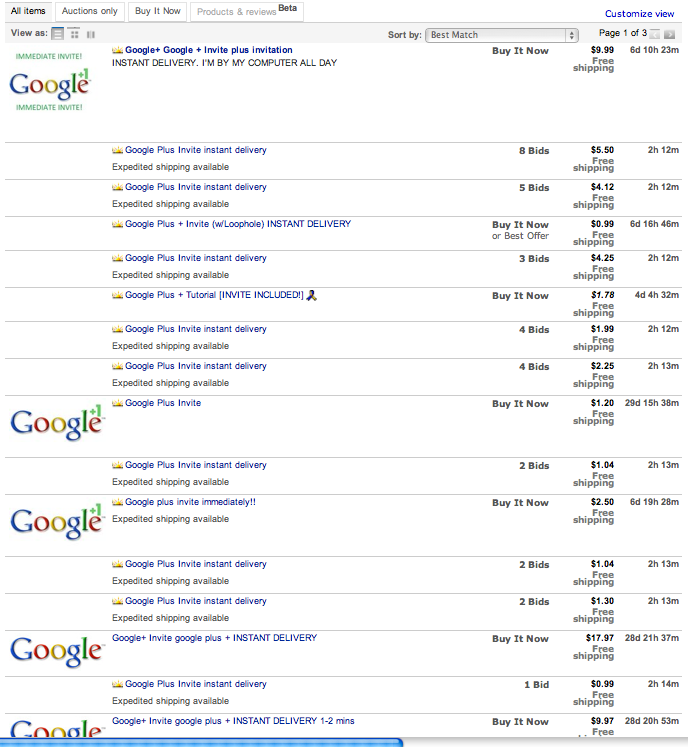
Selling a house a house in a down market can be a very frustrating, time consuming and tedious process. This is especially true if you’re trying to sell an older house with the problems that come from age. One major problem with some of these homes is the foundation, which can eventually lead to issues throughout the entire house. It’s a major problem because even if homeowners paint over cracks in the walls, or replace cracked bricks on the exterior, the problems with the foundation will still create expensive headaches down the road — not to mention never pass inspection when it comes time to sell the home.
Problems with brands are much like problems with houses. They can’t always be solved with new paint or fancy shutters. One must go straight to the source, or else risk spending resources on a quick fix rather than a long-term solution.
“Many potential clients call and ask for a new logo, a new package design, or typeface treatment,” says Allen Adamson, managing director at Landor Associates, in his book BrandSimple. “I tell them no.” Adamson says that before agreeing to any major change to the cosmetic elements of the brand, they must first define the problems they’re trying to solve. Only then will they be able to accomplish anything worthwhile. “It must be done from the inside out, not superficially,” says Adamson.
It’s easy to slap a new logo to your brand hope your sales go up. Companies try it all the time. For example, look at department stores, where Belk and JCPenney recently redesigned their logos. Sure, the new logos are nice, but new brand identities fail to address the real problems the two stores face. In a market plagued by a lack of differentiation, where discounts — not the strength of brands — drive sales, a new logo and a little more passion isn’t going to save them.
However, that’s exactly where superficial fixes leave brands. If quarterly numbers are dropping, it’s time to address branding problems at the foundation. If consumers no longer find that a brand is delivering a product or service that’s different from a competitor in a valuable way, then it’s a foundational branding problem that won’t be solved with a superficial solution. But, inspecting brands down to the core requires everyone from the copywriters to C-suite execs to get out of their comfort zone and start asking hard questions. It's not easy to do, but this type of probing analysis of a brand is necessary to avoid costly mistakes that only delay the inevitable decay of brand value.
It's more than passion. It's more than a logo. If something is fundamentally wrong with the foundation of the brand, its effects will be seen everywhere else until it is fixed.


 Selling a house a house in a down market can be a very frustrating, time consuming and tedious process. This is especially true if you’re trying to sell an older house with the problems that come from age. One major problem with some of these homes is the foundation, which can eventually lead to issues throughout the entire house. It’s a major problem because even if homeowners paint over cracks in the walls, or replace cracked bricks on the exterior, the problems with the foundation will still create expensive headaches down the road — not to mention never pass inspection when it comes time to sell the home.
Selling a house a house in a down market can be a very frustrating, time consuming and tedious process. This is especially true if you’re trying to sell an older house with the problems that come from age. One major problem with some of these homes is the foundation, which can eventually lead to issues throughout the entire house. It’s a major problem because even if homeowners paint over cracks in the walls, or replace cracked bricks on the exterior, the problems with the foundation will still create expensive headaches down the road — not to mention never pass inspection when it comes time to sell the home.